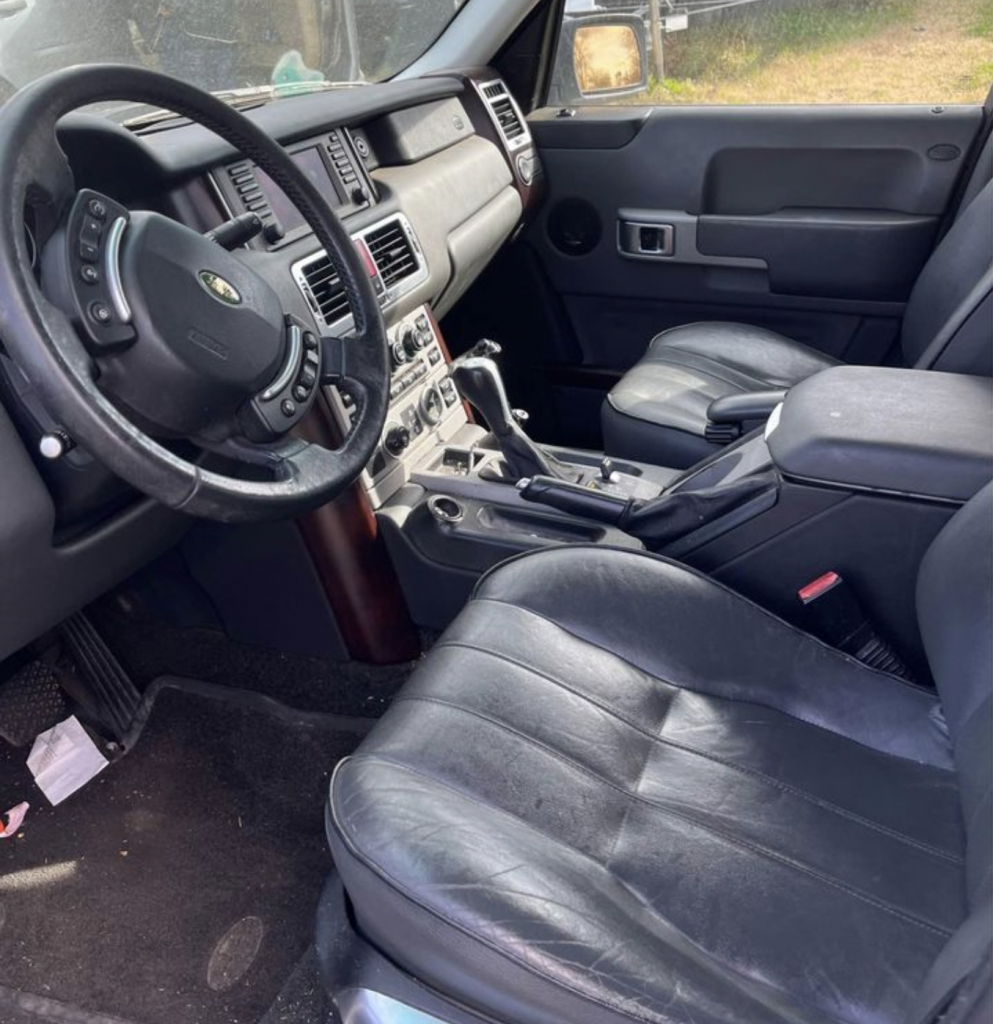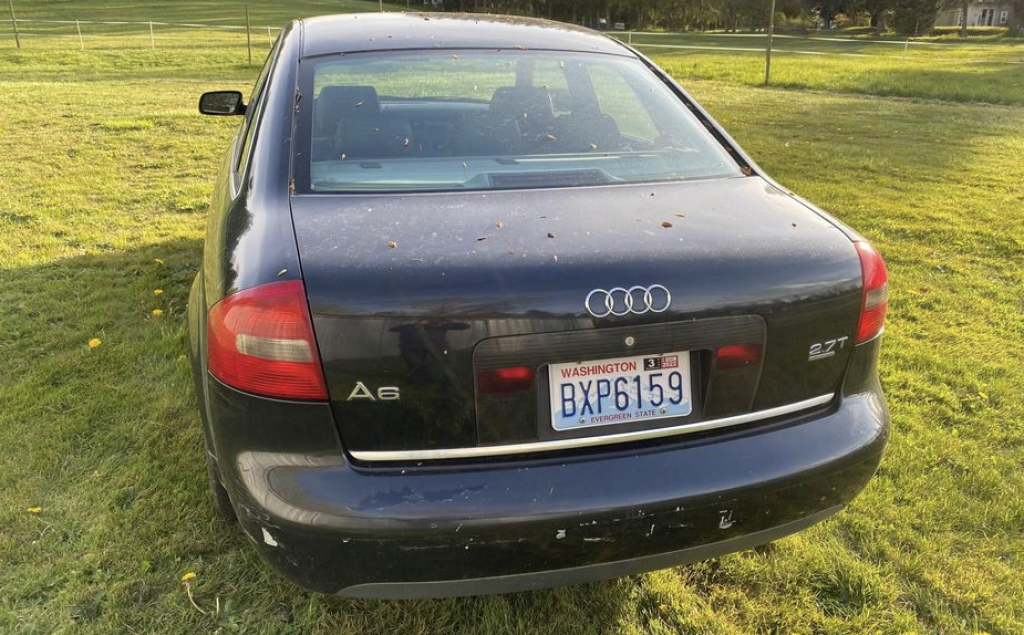First, however, there is the small matter of our small convertibles.
Fix it again, Tony: The Fiat is our winner. I am in total agreement with you all on this one. It’s a great price on what looks to be a fascinating long-term project. And after all that work, going for that first drive would be so sweet — better than any victory lap ever taken. It’s a damn good thing I have no place to put it or work on it, or I might be campaigning for it to join my own fleet. [Editor’s note: I’m baffled that you all chose a completely-dismantled vehicle over a mostly-complete MG. Cars that are in 1,000 pieces scare me, as I’ve seen so many that languish. It’s sad when people pass away and leave their projects that they never got around to finishing. I always tell folks: Get your car on the road ASAP and work on it then. That said, that MG is scary even when completely assembled, so I get it. -DT]. It has become common automotive knowledge, bordering on cliché, that nothing is more expensive than a cheap luxury car. The more expensive it was new, the more expensive the repairs are for the second or third owner. ANd because of those costly repairs, the value of used luxury cars falls faster than Hans Gruber on Christmas Eve. But there is another school of thought that says that it’s the labor that makes taking care of these cars so expensive; if you can do the work yourself, the parts aren’t so bad, and you can have yourself a red-carpet-worthy ride for Red Roof Inn money. Is that true? Well, that’s what we’re going to discuss. I’ve got two fiendishly complex, broken-but-theoretically functional luxury vehicles for us to take a look at.
2004 Range Rover HSE – $1,500
Engine/drivetrain: 4.4 liter V8, 5 speed automatic, 4WD Location: Sacramento, CA Odometer reading: 156,000 miles Runs/drives? Runs but overheats, and air suspension is broken If ever a vehicle has earned an identity crisis, it’s the Range Rover. First there was Rover, then British Leyland (during which time the engines were a GM design), then the Rover Group, then BMW, then Ford, who also at the time owned Jaguar (who provided some Range Rover engines), and now both Jaguar and Land Rover are owned by Indian company Tata. This 2004 model has BMW’s 4.4 liter V8 powering all four wheels, and fully-independent suspension in place of earlier Range Rovers’ solid axles.
There are some issues with both that BMW powerplant and that fancy air suspension, however. As is fairly common on these, the suspension is currently stuck in low-rider mode, and the motor has a leaky and ineffective cooling system. The seller says that there is a new compressor for the air suspension that just hasn’t been installed yet, but I doubt it’s drivable as it sits. It certainly still looks the part, however. One of the advantages of a car with an iconic shape and a long production run is that an 18-year-old specimen like this doesn’t look all that different from a much newer one. It’s great for impressing your friends and neighbors who don’t know cars.
The seller also claims that all the electrical accessories still work, which is sort of unbelievable on a Range Rover with over 150,000 miles. But if it’s true, then that’s a nice bonus. Of course, what works today may not work tomorrow, but at least much-maligned electronics supplier Lucas was out of the picture by the time this car rolled out of the Solihull factory, so there’s no Prince of Darkness to worry about.
2001 Audi A6 2.7T quattro – Also $1500
Engine/drivetrain: 2.7 liter twin-turbo V6, 5 speed automatic, AWD Location: Lynden, WA Odometer reading: 199,000 miles Runs/drives? “Awesome,” according to the seller I have a fondness for Audi sedans that dates back to my teenage years. We had a succession of Audi 5000 sedans in my family, and they were handsome, comfortable, good-handling, extremely nice to drive, quite fast for the day, and safe. They were also horrendously complicated and bursting with electrical gremlins. I haven’t driven an Audi since 1994, but from everything I’ve read, the newer ones are much the same on all counts, only more so.
Introduced in 1980, Audi’s quattro (small q) system has been through a lot of changes over the years, but the mission has remained the same: put power to all four wheels of a sporty, stylish, luxurious car. Early versions had open differentials that could be manually locked by the driver to add traction, but this 2001 edition uses a “Torsen,” or torque-sensing, center differential and some fancy electronics to do basically the same thing. But this Audi also has a devil of an engine — a dual-overhead-cam, five-valve-per-cylinder, twin-turbo service nightmare, feared by even diehard Audi enthusiasts. It eats water pumps for breakfast, and that water pump is also driven by the timing belt, which needs replacement every 75,000 miles, lest those thirty valves become intimately familiar with the tops of the pistons. Oh, and to perform this service, you take the car’s entire face off, like that awful Nicolas Cage movie.
However, the seller swears that this car runs just fine, and with 200,000 on the clock, it has clearly seen some amount of proper service. Currently it has a bad CV joint, but the seller is including a new one. The “Check Engine” light is on due to mice nibbling at some underhood wiring, and apparently one of the heated mirrors tried to self-immolate. But it does still look sharp. Those are your choices: a British SUV with a German stepdad, or an Autobahn eater that’s past its prime. If you can’t keep up with the Joneses, you might still be able to fool them. Which one will it be? Quizwiz Go look at what 1500 gets you in a XJ or Wrangler these days and you’ll quickly realize if its going to be a clapper it might as well impress your neighbors while on jack stands in your driveway. I only know these levels of torture because that’s mostly the same interior as in my old 2001 S4 Avant (manual, in Brilliant Yellow) that I truly, deeply loved … but holy fuck don’t try taking anything along with you to drink. Especially if you wanted to put that twin turbo to use. …or the Audi. The Rover won slightly due to the bonkers overdesign from a kind of British vehicle. The suspension can be fixed to factory or the coil over conversion. The overheating can be easy or very complex. I figure if nothing else, there are over 1500 worth of parts on it. Cheapest guy I ever knew had an Audi A6 like this. He treated it like dirt. Changed the oil every 25,000 miles or once a year whether it needed it or not. Replaced the front suspension pretty much right before it fell apart on the road. Dash was lit up like a Christmas Tree. He got it because “Turbos” were blown. Somehow condensation and winter were involved and a couple nights drying out in a warm garage and then driving it long enough to really warm up fixed the problem. He sure did not spend any $$ on that problem. His kids said if he could buy used food he would.







